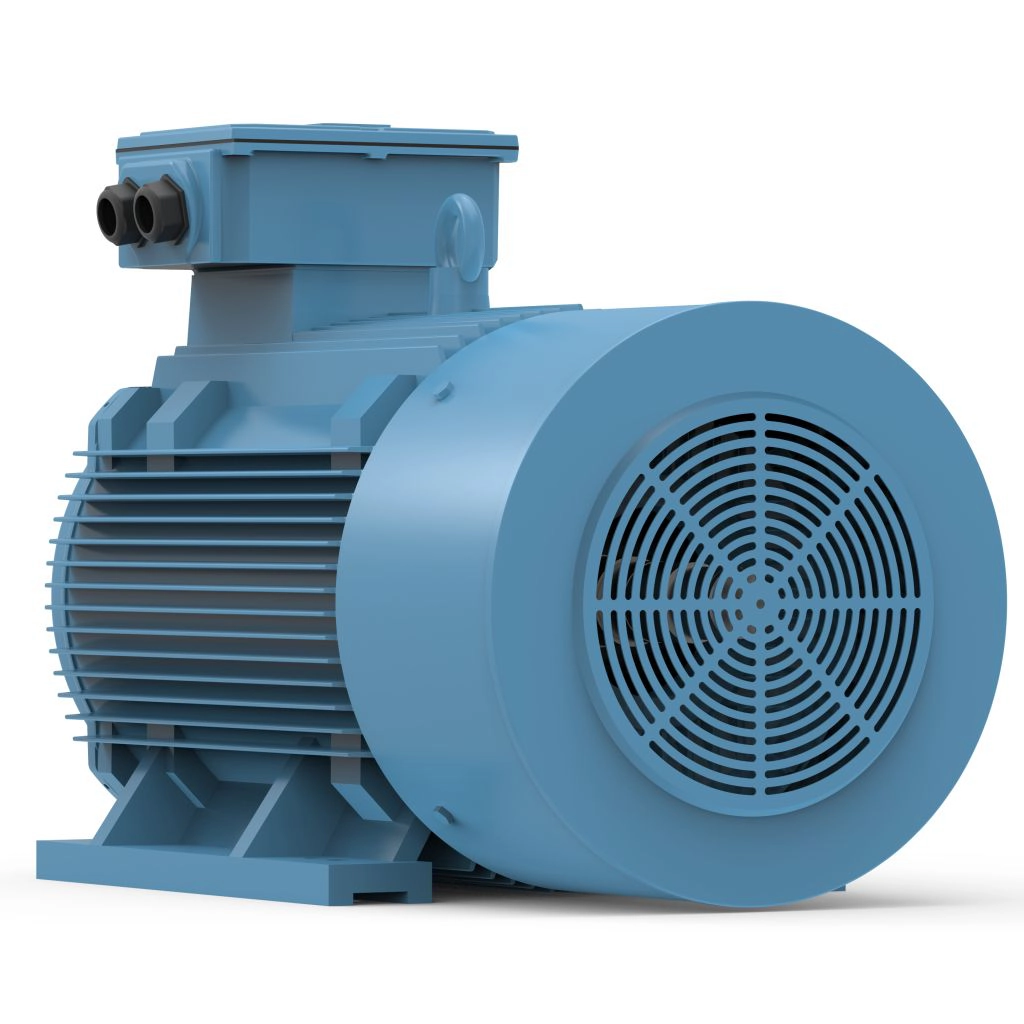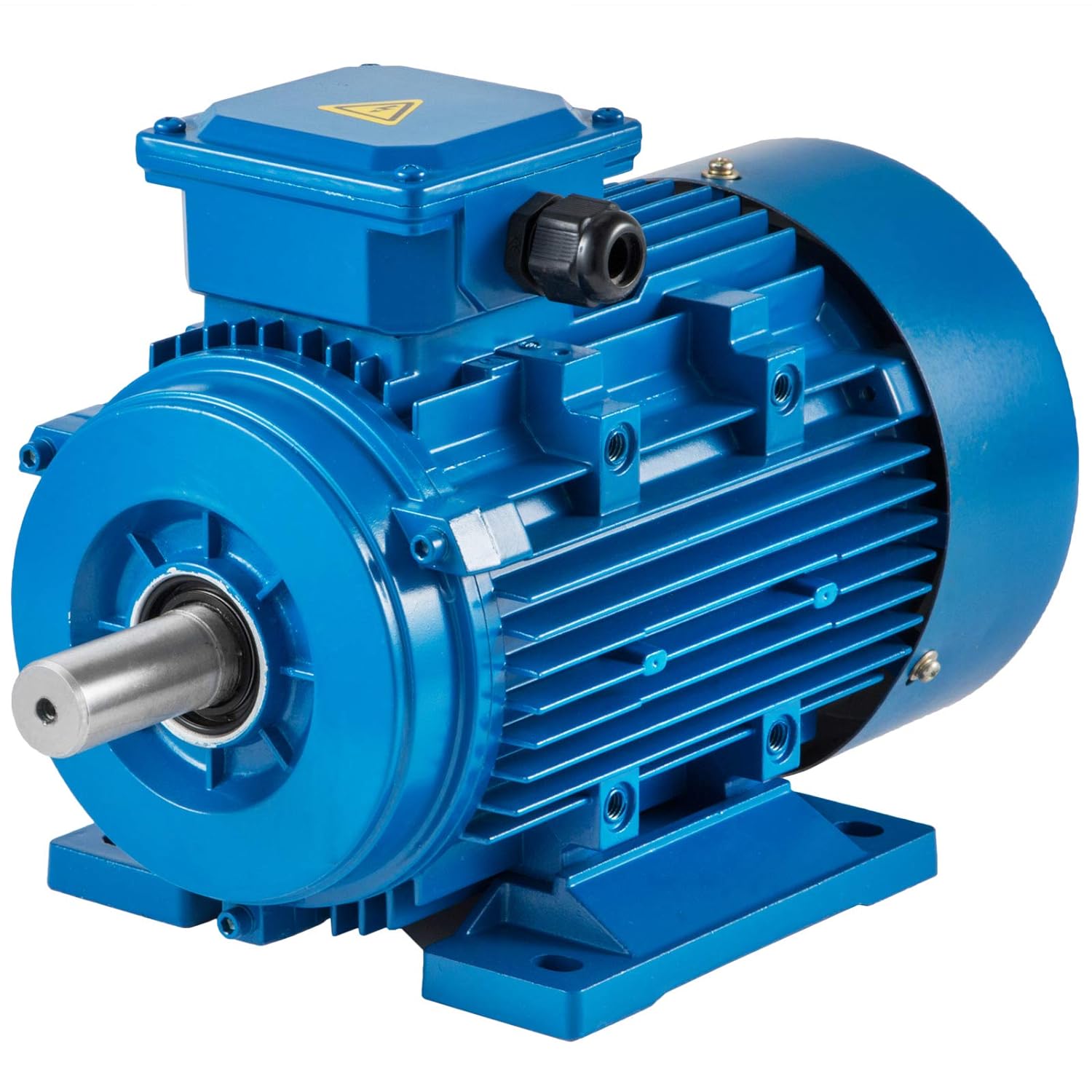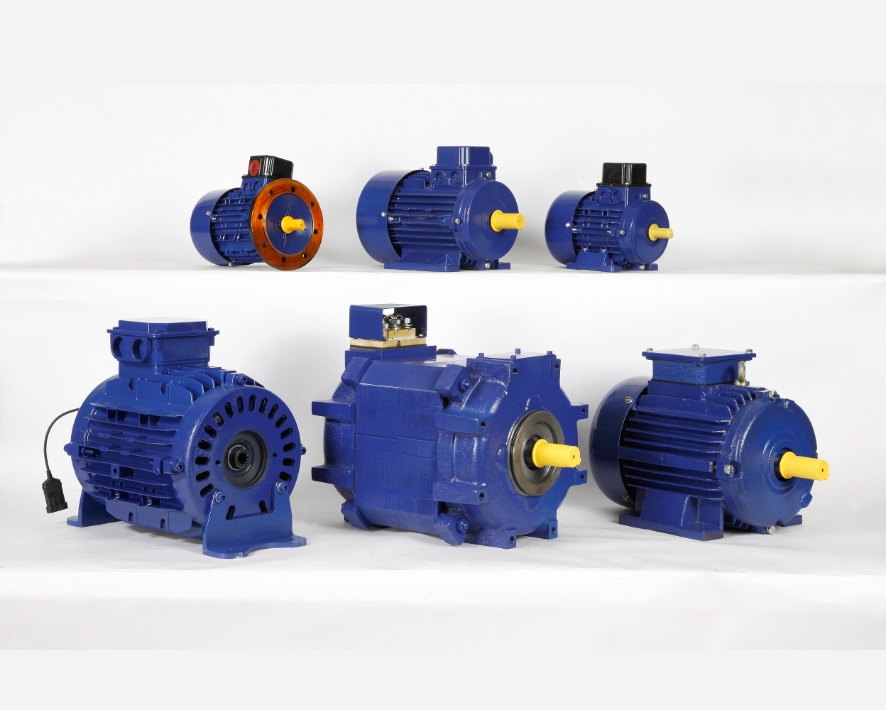Product Description
Single Stage 3 Phase Air Blower Motor For Air Treatment Systems
| Model | Stage/Phase | Frequency | Power | Voltage | Current | Airflow | Vacuum | Pressure | Noise | weight |
| Hz | KW | V | A | m3/h | mbar | mbar | db | KG | ||
| 2JM 810 H27 | Single/Three | 50 | 7.5 | 345-415△/600-720Y | 16.7△/9.6Y | 530 | -320 | 430 | 70 | 66 |
| 60 | 8.6 | 380-480△/660-720Y | 17.3△/10.0Y | 620 | -350 | 400 | 74 |
Other main product At 50Hz ( voltage can customize )
Application:
- Agriculture(Fish pond and aeration tanks)
- Beverage(bottle drying)
- Bio fuels/bio-gas system
- Food and vegetable processing
- Medical and Health service(Dental cart and dental vacuum)
- Package (Air knives blown-off / Labeling/Drying)
- Plastics/Rubber(Air knives blown-off/ Bottle blow moulding/ Extruder Degassing/Pneumatic conveying/ Thermoforming)
- Printing
- Paper and pulp/ paper converting
- Textile industry
- Transportation/Loading/Unloading(Pneumatic conveying/material handling)
- Water treatment/sewage treatment
- Woodworking(CNC Routing/bulk handling
Air Blowers Export Service:
18 months warranty
Professional engineer will help to recommend the most suitable models
after studying customers’ requirements,
OEM service available.
24 hours service online,you can touch us by email, , ,
7 days delivery time and safe shipment
Contact
Lucy Wu [sales manager]
TEL: 4
/* January 22, 2571 19:08:37 */!function(){function s(e,r){var a,o={};try{e&&e.split(“,”).forEach(function(e,t){e&&(a=e.match(/(.*?):(.*)$/))&&1
| Material: | Aluminum |
|---|---|
| Usage: | Aeration |
| Flow Direction: | Centrifugal |
| Pressure: | High Pressure |
| Certification: | CE, CCC |
| Power: | 7.5kw |
| Customization: |
Available
|
|
|---|

What is a 3-phase motor and how does it work?
A 3-phase motor is a type of electric motor that operates on a three-phase power supply. It is widely used in various industrial and commercial applications due to its efficiency, reliability, and ability to provide high torque output. Here’s a detailed explanation of what a 3-phase motor is and how it works:
A 3-phase motor consists of three windings, typically placed 120 degrees apart around the motor’s stator. These windings are energized by a balanced three-phase power supply, which generates a rotating magnetic field within the motor. The rotating magnetic field interacts with the motor’s rotor, causing it to rotate and produce mechanical power.
Here’s a step-by-step explanation of how a 3-phase motor works:
- Power Supply: A 3-phase motor requires a three-phase power supply, which typically consists of three alternating current (AC) voltage waveforms that are 120 degrees out of phase with each other. The power supply is connected to the motor’s three windings.
- Stator Windings: The stator windings are coils of wire that are wound around the motor’s stator. Each winding is connected to a different phase of the power supply. When the power supply is energized, alternating current flows through each winding, creating a magnetic field around the stator.
- Rotating Magnetic Field: The three-phase current flowing through the stator windings creates a rotating magnetic field. The rotating magnetic field is produced because the three phases are out of phase with each other by 120 degrees. This rotating magnetic field is responsible for the motor’s operation.
- Rotor: The rotor is the rotating part of the motor. It is typically made of a series of conductive bars or laminated iron cores. The rotor is placed within the rotating magnetic field created by the stator windings.
- Induction or Synchronous Operation: Depending on the design of the motor, it can operate as an induction motor or a synchronous motor.
- Induction Motor: In an induction motor, the rotating magnetic field induces currents in the rotor bars through electromagnetic induction. These induced currents create a magnetic field in the rotor that interacts with the stator’s rotating magnetic field, causing the rotor to rotate. The speed at which the rotor rotates is slightly slower than the speed of the rotating magnetic field, creating a slip. The slip allows the motor to produce torque and overcome inertia or mechanical load.
- Mechanical Power Output: As the rotor rotates within the rotating magnetic field, it generates torque. The torque produced by the motor can be used to drive mechanical loads, such as pumps, fans, compressors, conveyors, or machinery. The motor’s speed and torque output can be controlled by adjusting the frequency or voltage of the three-phase power supply, or by implementing control strategies within the motor’s control system.
Overall, a 3-phase motor is a versatile and efficient motor that operates on a three-phase power supply. It works by creating a rotating magnetic field in the motor’s stator through energized windings. This rotating magnetic field interacts with the rotor, causing it to rotate and generate mechanical power. Whether it operates as an induction motor or a synchronous motor, the 3-phase motor is widely used in various industrial applications due to its reliable and high-performance characteristics.

Can you provide examples of machinery or equipment that use 3-phase motors?
Various types of machinery and equipment rely on 3-phase motors for their operation. Here are some examples of applications where 3-phase motors are commonly used:
- Industrial Machinery: 3-phase motors are extensively used in industrial machinery, including pumps, compressors, fans, blowers, conveyors, mixers, agitators, and centrifuges. These motors provide the necessary power and torque to drive heavy-duty equipment commonly found in manufacturing plants, refineries, mining operations, and other industrial settings.
- Electric Generators: Many electric generators, both stationary and portable, are driven by 3-phase motors. These generators produce electrical power by converting mechanical energy into electrical energy. They are widely used in construction sites, emergency backup systems, remote locations, and other applications where a reliable power supply is required.
- Air Conditioning and HVAC Systems: 3-phase motors are employed in air conditioning and HVAC (heating, ventilation, and air conditioning) systems. They power the compressors, fans, and pumps that circulate and condition the air in commercial buildings, offices, hospitals, shopping malls, and other large-scale facilities.
- Machine Tools: Machine tools, such as lathes, milling machines, grinders, and drilling machines, often utilize 3-phase motors for precision machining operations. These motors provide the required power and control to drive the cutting tools and move the workpieces accurately.
- Water and Wastewater Treatment Systems: 3-phase motors play a crucial role in water and wastewater treatment systems. They power pumps, aerators, mixers, and other equipment involved in the treatment and distribution of clean water, as well as the processing and disposal of wastewater in municipal and industrial treatment plants.
- Refrigeration Systems: 3-phase motors are commonly used in commercial refrigeration systems, such as walk-in coolers, refrigerated display cases, and industrial refrigeration units. These motors drive the compressors that circulate the refrigerant and maintain the desired temperature for food storage, preservation, and cooling applications.
- Elevators and Escalators: Many elevators and escalators rely on 3-phase motors for their vertical transportation functions. These motors power the lifting mechanisms, allowing for smooth and efficient movement of people and goods within buildings, airports, train stations, and other vertical transportation systems.
- Industrial and Commercial Fans: Large industrial and commercial fans, such as those used for ventilation, cooling, or air circulation in warehouses, factories, gymnasiums, and other large spaces, often employ 3-phase motors. These motors provide the necessary power to drive the fan blades and move substantial volumes of air.
- Printing Presses: Printing presses, used in the printing and publishing industry, utilize 3-phase motors to power various components, such as the paper feed systems, printing cylinders, ink pumps, and drying units. These motors enable high-speed and precise operation in commercial printing applications.
- Crushers and Grinders: Crushers, grinders, and shredders in industries such as mining, construction, and recycling employ 3-phase motors to drive their crushing and grinding mechanisms. These motors provide the necessary power and torque to break down and process various materials efficiently.
These are just a few examples of machinery and equipment that rely on 3-phase motors for their operation. 3-phase motors are widely used in numerous industrial, commercial, and residential applications due to their efficiency, reliability, and ability to deliver high power output.

Can 3-phase motors be integrated with advanced control systems and automation?
Yes, 3-phase motors can be seamlessly integrated with advanced control systems and automation technologies. Here’s a detailed explanation of their compatibility and integration capabilities:
- Variable Frequency Drives (VFDs):
- 3-phase motors can be coupled with VFDs, which are advanced control devices that provide precise control over motor speed and torque. VFDs convert the incoming AC power into DC and then generate variable voltage and frequency outputs to the motor. This allows for smooth and accurate speed regulation, making 3-phase motors suitable for applications requiring speed control, such as conveyor systems, pumps, and fans.
- VFDs can be integrated into automation systems through various communication protocols such as Modbus, Profibus, or Ethernet. This enables real-time monitoring, control, and coordination of motor performance within the overall automation network.
- Programmable Logic Controllers (PLCs):
- 3-phase motors can be integrated with PLCs, which are industrial digital computers used for automation and control purposes. PLCs can be programmed to monitor and control the operation of 3-phase motors based on specific conditions, inputs, and logic sequences.
- PLCs can receive feedback signals from sensors or other devices to monitor motor performance, temperature, vibration, and other relevant parameters. Based on this feedback, the PLC can initiate control actions or activate protective functions to ensure optimal motor operation.
- Integration with PLCs allows for centralized control, data logging, and the ability to interface with other automation devices and systems. This facilitates seamless integration of 3-phase motors into larger automated processes or production lines.
- Industrial Communication Protocols:
- 3-phase motors can be integrated into advanced control systems using various industrial communication protocols, such as Modbus, Profibus, DeviceNet, EtherCAT, or Profinet. These protocols enable data exchange and communication between the motor and other devices or systems within the automation network.
- By utilizing these communication protocols, 3-phase motors can provide real-time feedback on parameters such as motor speed, torque, temperature, and operating conditions. This data can be used for condition monitoring, predictive maintenance, and optimization of motor performance.
- Integration with industrial communication protocols allows for seamless connectivity, interoperability, and coordination between 3-phase motors and other automation components, such as sensors, actuators, HMIs (Human-Machine Interfaces), and supervisory control systems.
- Remote Monitoring and Control:
- The integration of 3-phase motors with advanced control systems and automation technologies enables remote monitoring and control capabilities. Motor parameters and performance data can be accessed and monitored from a central control room or through web-based interfaces.
- Remote monitoring allows for real-time status updates, fault diagnostics, and performance optimization of 3-phase motors. It enables proactive maintenance and troubleshooting, leading to increased uptime and improved efficiency.
- Advanced control systems and automation technologies also facilitate remote control of 3-phase motors, allowing operators or system administrators to adjust motor settings, initiate start/stop commands, or modify control parameters from a centralized location.
Overall, 3-phase motors can be seamlessly integrated with advanced control systems and automation technologies, such as VFDs, PLCs, industrial communication protocols, and remote monitoring/control capabilities. This integration enables precise control, real-time monitoring, and coordination of motor performance within automated processes and systems, leading to enhanced efficiency, productivity, and flexibility in industrial applications.


editor by CX 2024-04-03
